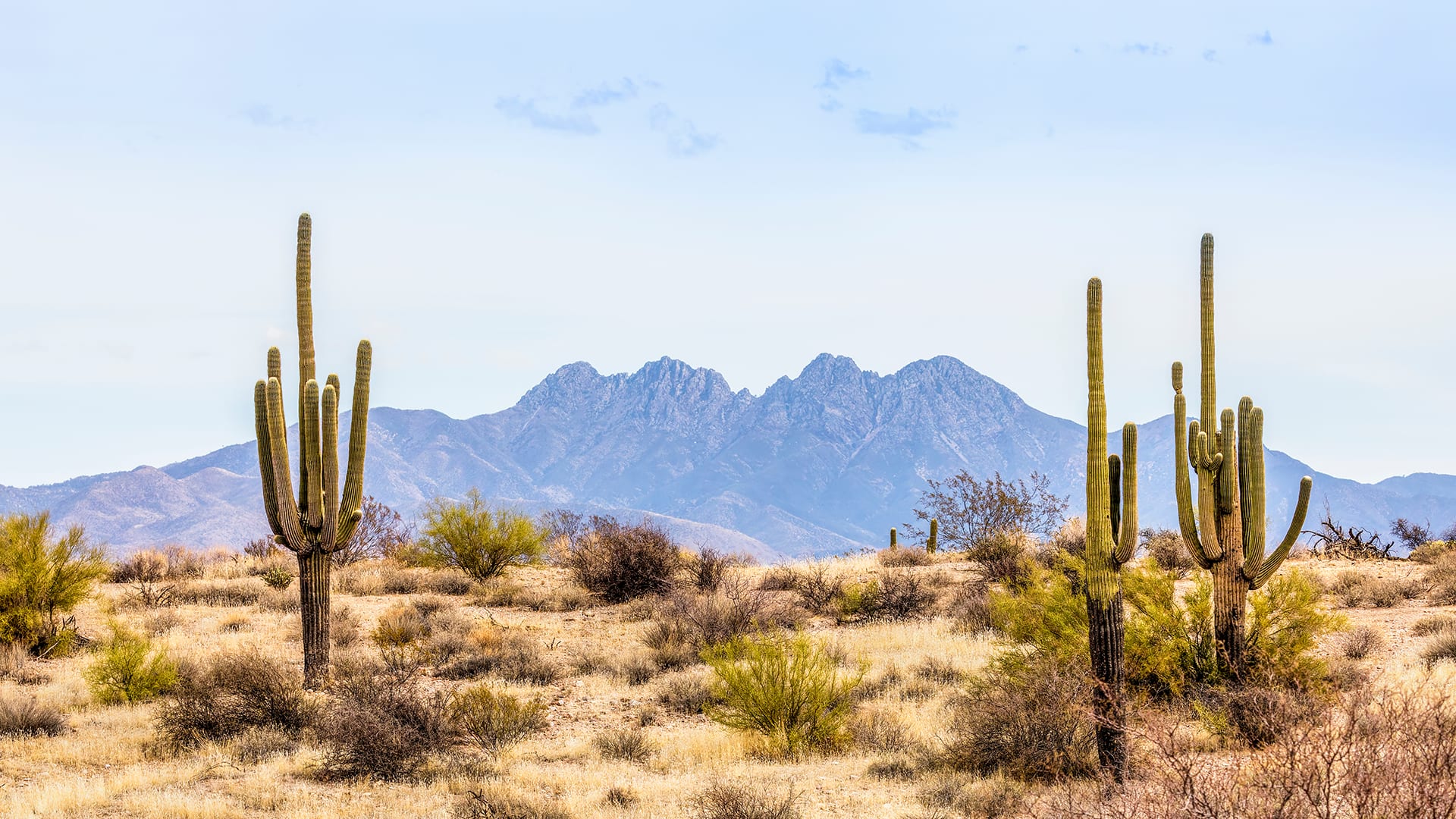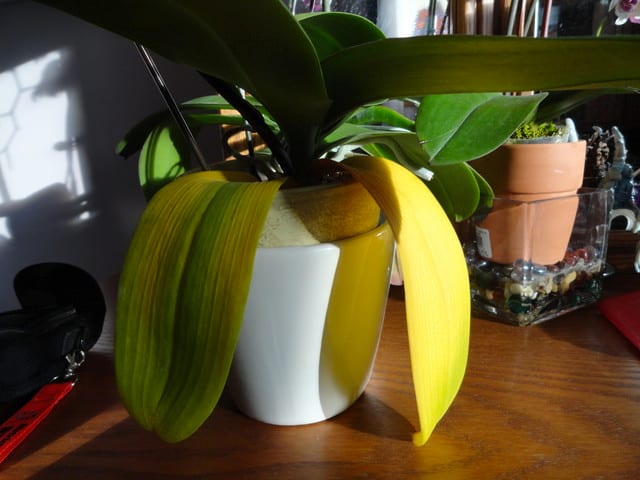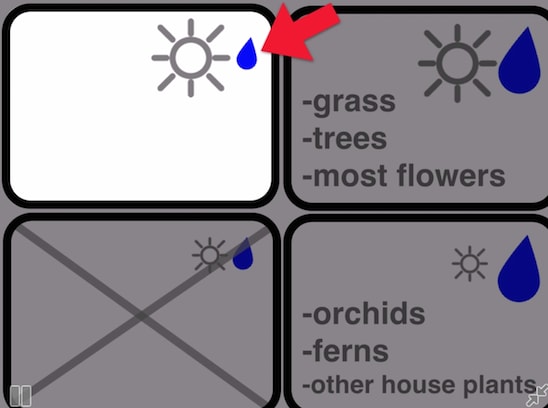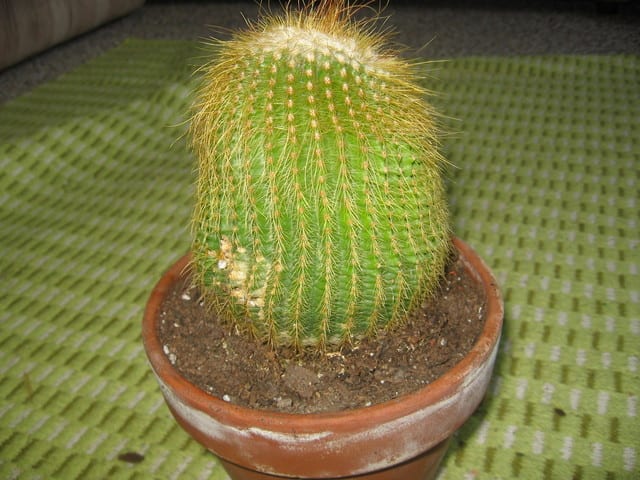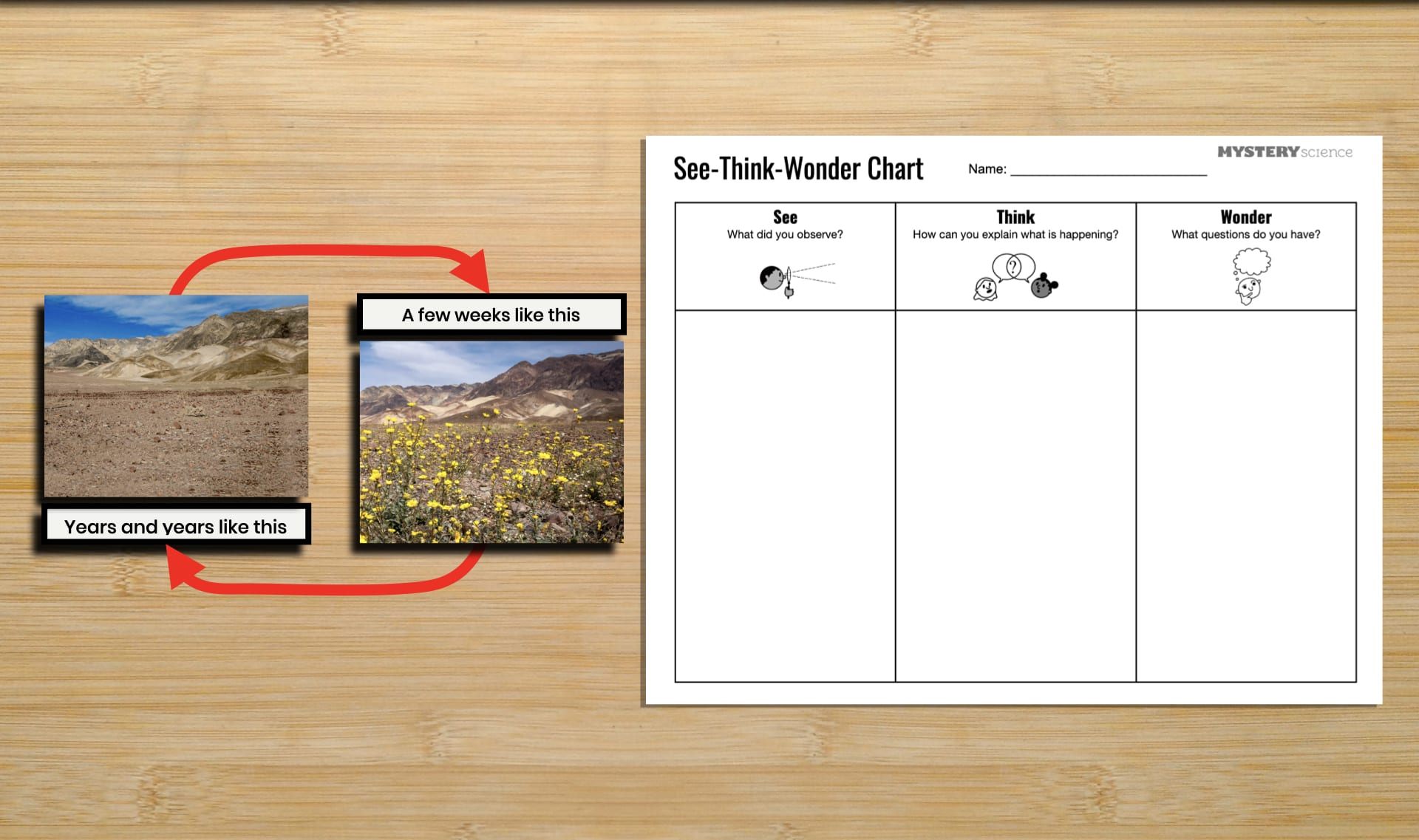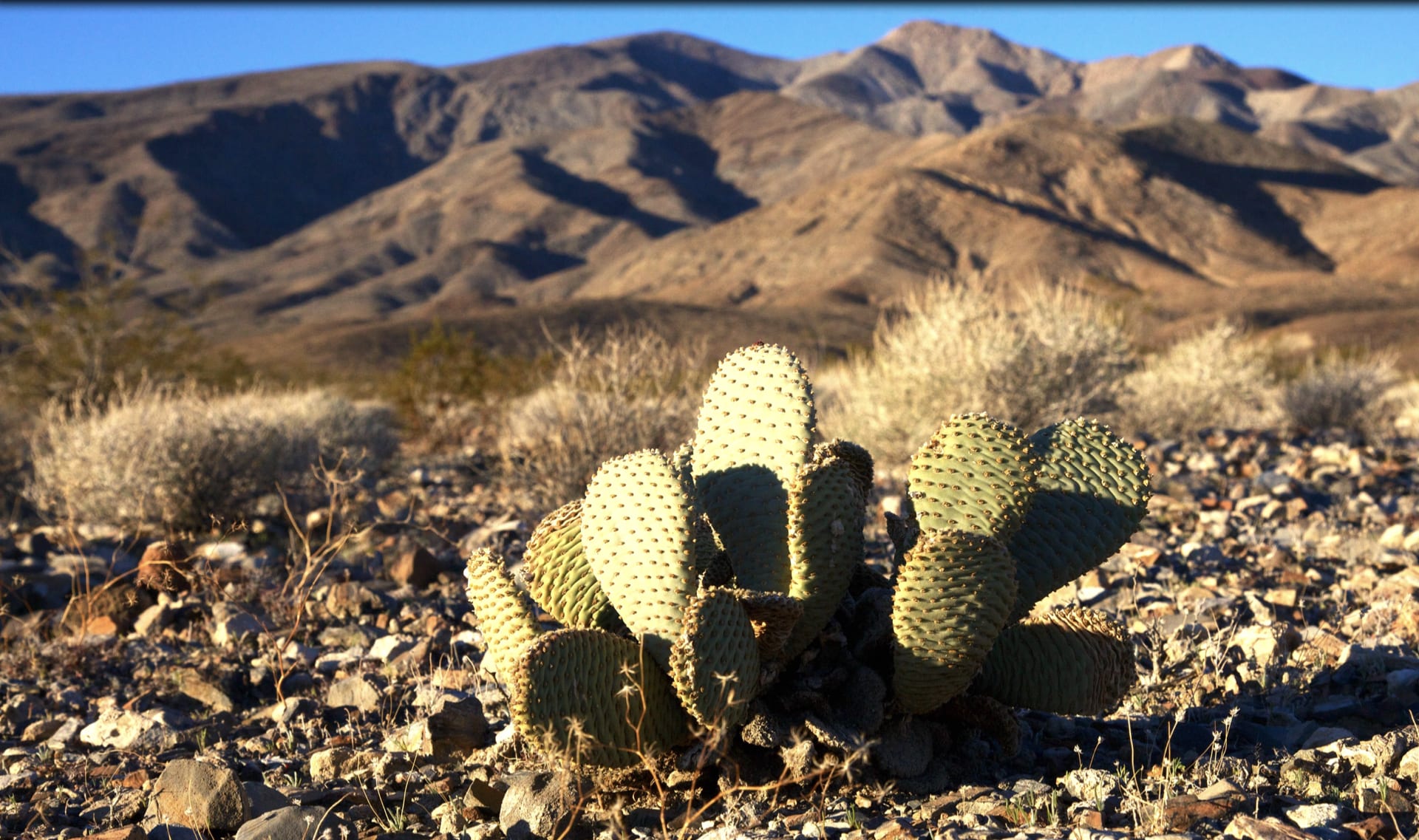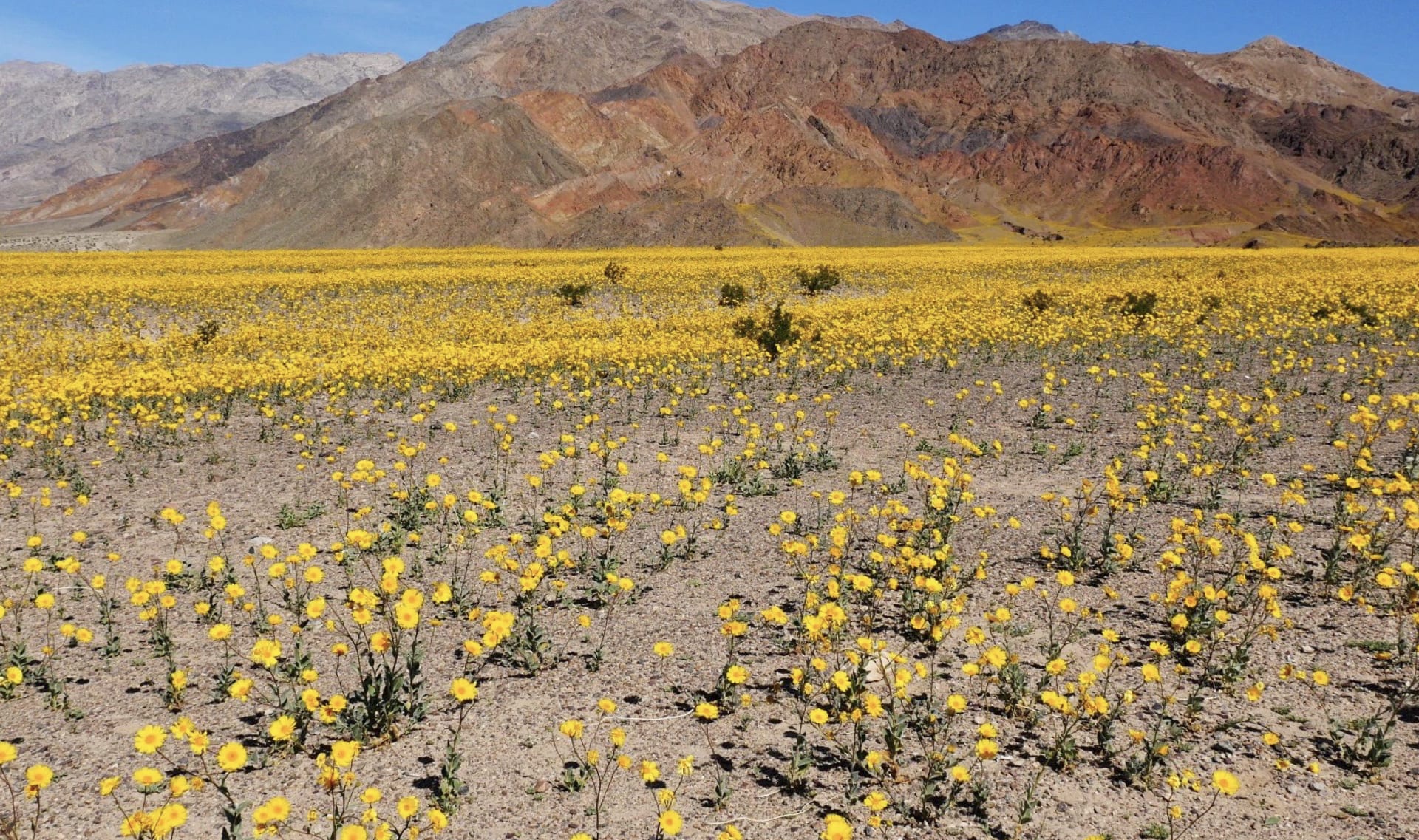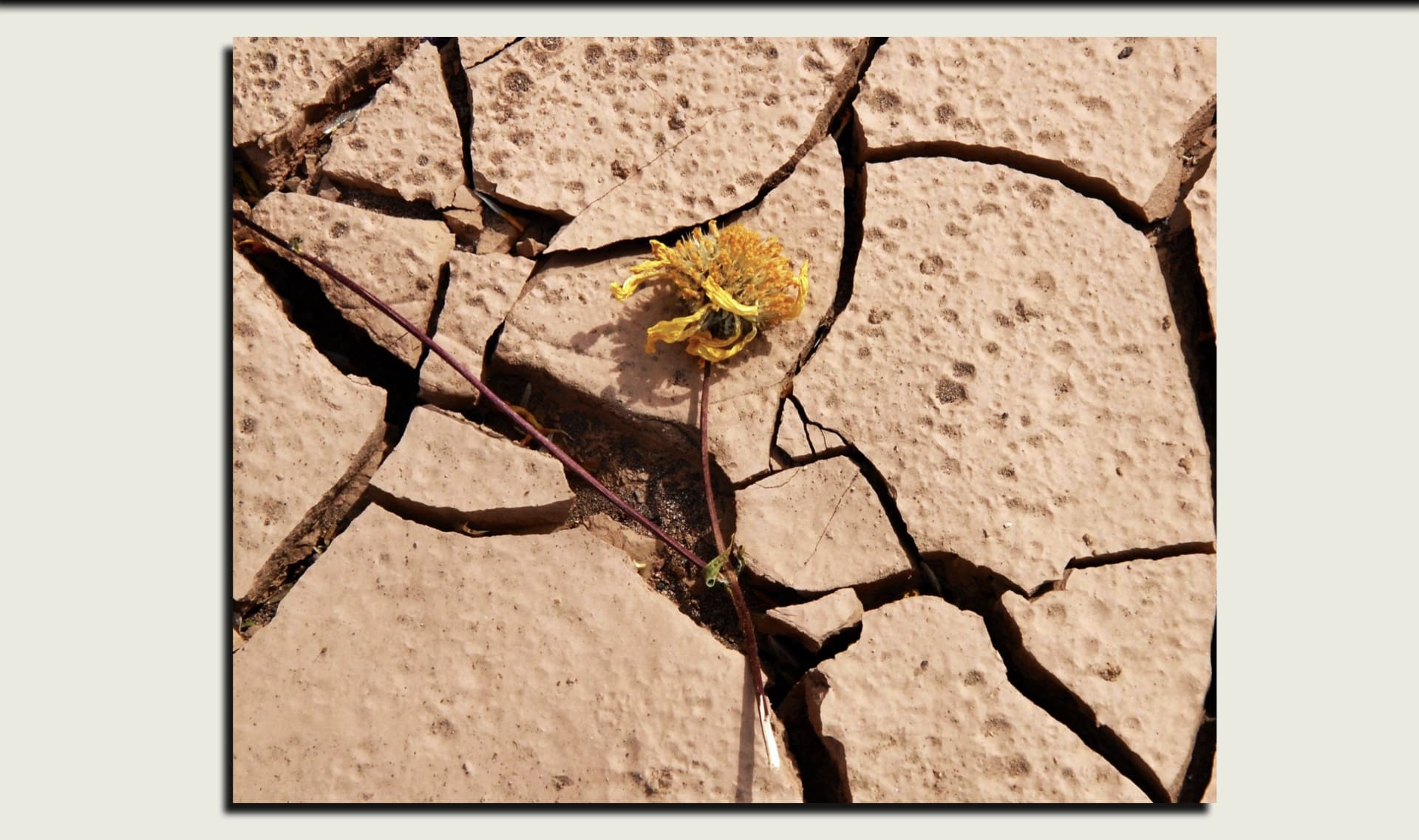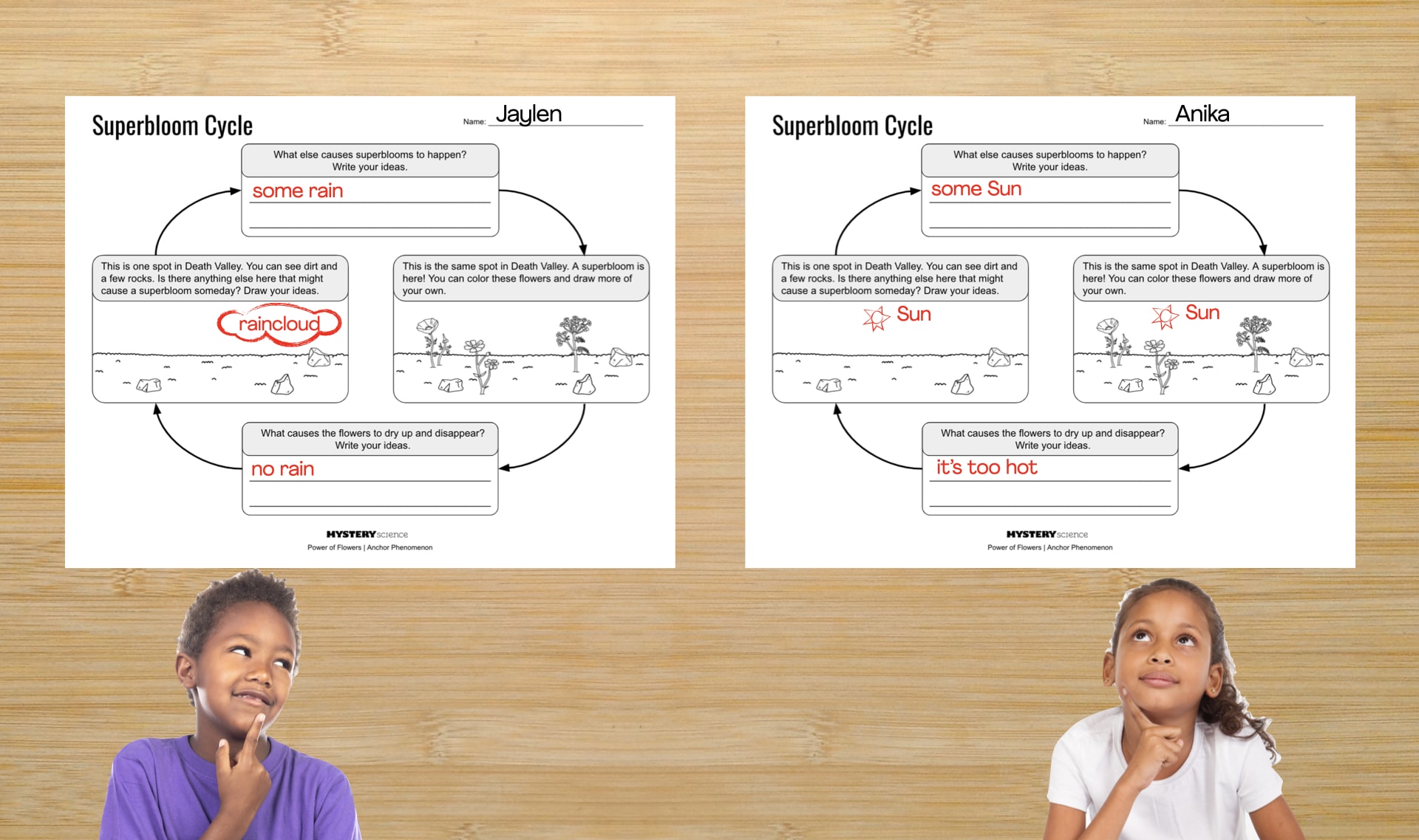Mystery Science respects the intellectual property rights of the owners of visual assets.
We make every effort to use images and videos under appropriate licenses from the owner or by
reaching out to the owner to get explicit permission. If you are the owner of a visual and
believe we are using it without permission, please
contact us—we will reply promptly and make
things right.
Exploration
earth by
Calvin Hamilton
Desert by
Roger469
cactus by
NPS.gov
Africa cactus by
John Atherton
Pink orchid by
Arad
orchid by
Dave Clode
aloe leaves by
Raul654
orchids in window by
Genie Schreiner
Flying duck orchid by
Peter Woodard
aloe plant orange flower by
Erin Silversmith
dying/yellowing orchid by
tanie51
cactus upclose by
chcidoameriky.cz
making aloe vera gel by
Sarit Dangmaneerat
aloe on hand by
round cactus by
NPS.gov
bottle of aloe gel by
Fruit of the Eart
cactus on table by
Loree
Yellow orchid by
H. Zell
desert plants by
Maria Nikolajeva
potted cactus by
cowgurl160
Boabob tree by
JialiangGao www.peace-on-earth.org
Orchid seed pod by
Sunil Elias
desert scene by
John Morgan
ferns on forest floor by
Doug Lee
water a cactus by
Zdenko Zivkovic
fern leaves by
Sanjay ach
orchids in a field by
Fritz Flohr Reynolds
shade loving plants by
Peter Herpst
field of cacti by
NPS.gov
ferns and hostas by
Lynne Gordon
living room by
MIchelle
cactus at night (lightening) by
Pete Gregiore
